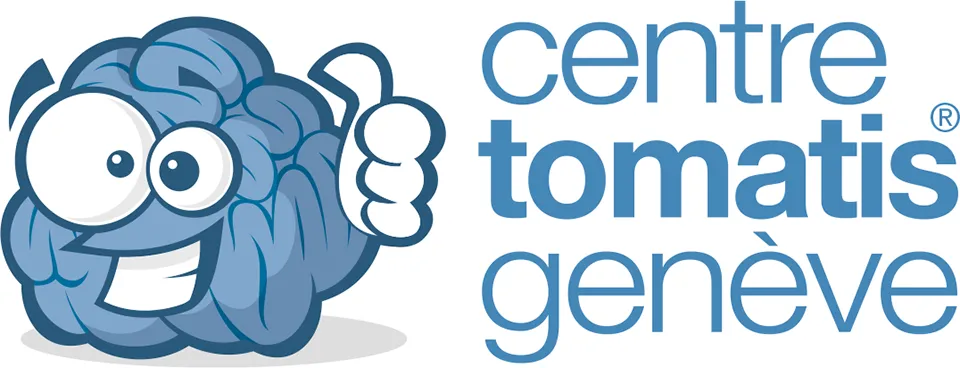At what age does the Tomatis method give the best results?

What is Brain Plasticity?
Brain plasticity, also known as neuroplasticity, refers to the ability of the brain to change and adapt in response to new experiences. This includes the ability to form new neural connections, as well as the ability to strengthen or weaken existing connections. Brain plasticity allows the brain to constantly adapt and learn new information throughout a person's life.
When we encounter new information, the brain forms new connections between neurons in order to process and store the information. These connections, known as synapses, can be strengthened or weakened depending on how often they are used. This process, known as synaptic plasticity, allows the brain to efficiently store and retrieve information.
Additionally, brain plasticity allows for the creation of new neurons, even in adulthood, through a process called neurogenesis. This means that the brain has the ability to generate new cells and incorporate them into existing neural networks. This allows for the creation of new pathways for processing and storing information, which can enhance learning and memory capabilities.
Therefore, brain plasticity allows the brain to constantly adapt to new experiences and information throughout a person's life, which is the reason why one can learn and memorize new information at any age.
Importance of brain stimulation
Research suggests that lack of stimulation, rather than age itself, may be a cause of cognitive decline in older adults. The Tomatis method is an example of a treatment that utilizes brain plasticity to teach a new way of listening, which can be learned and retained long after the treatment is completed.
In conclusion, brain plasticity is the ability of the brain to change and adapt in response to new experiences, allowing us to learn and retain new information throughout our lifetime. Keeping the brain active and engaged to maintain cognitive function as we age is crucial, and utilizing treatments such as Tomatis can be an effective way to do so.
Protocol and motivation
The Tomatis method is a technique that can be applied to individuals of all ages, including fetuses in the womb. However, the specific needs, protocol, and motivation for each individual may vary depending on their age and personal circumstances.
For young children and babies, early treatment may be beneficial as it can help to facilitate the learning process. This is because the brain is still developing and is more receptive to new information at this age. Early intervention can help to establish strong neural connections, which can support cognitive development and improve overall function.
On the other hand, adolescents and adults may have different needs and motivations for seeking treatment. For example, self-motivation can play a crucial role in the success of treatment, as individuals who are motivated to improve their listening skills are more likely to engage with the method and achieve positive results.
Furthermore, the difficulties and facilitations faced by each person and age group can be different and specific. For example, older adults may experience more cognitive decline due to lack of stimulation, whereas children and babies may have different learning difficulties. Therefore, the protocol and treatment must be tailored to the specific needs of each individual to ensure maximum effectiveness.
In summary, the Tomatis method can be applied to individuals of all ages, but the specific needs, protocol, and motivation may vary depending on the individual's age and personal circumstances. Age-specific difficulties and facilitations must be considered in order to ensure maximum effectiveness of the treatment.
Technically, the method can be applied regardless of the age of the subject. Even the fetus in the womb can benefit, see our article on this subject.
Beyond age, the needs, the protocol, the motivation are different. Difficulties and facilities are specific to each person and to the age group concerned.
For example, for babies and children, early treatment is a facilitating factor. For adolescents and adults, self-motivation can play a decisive role in the success of treatment.
